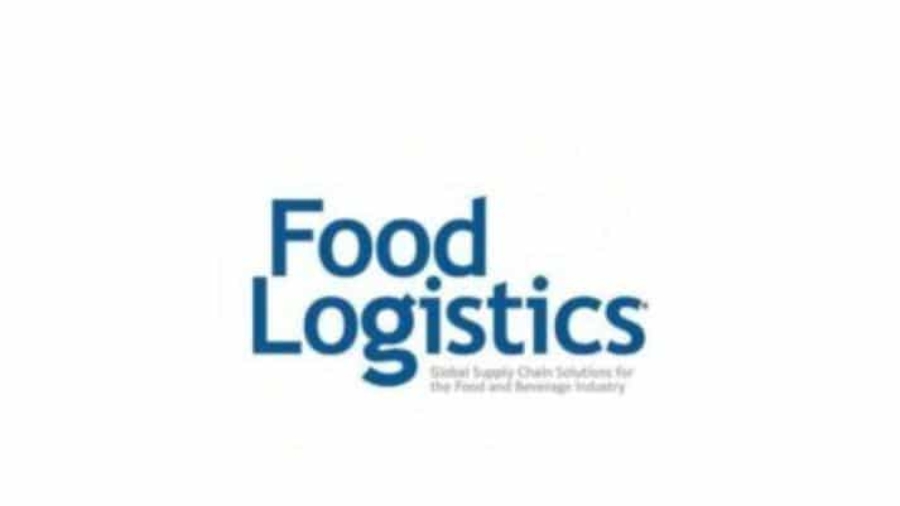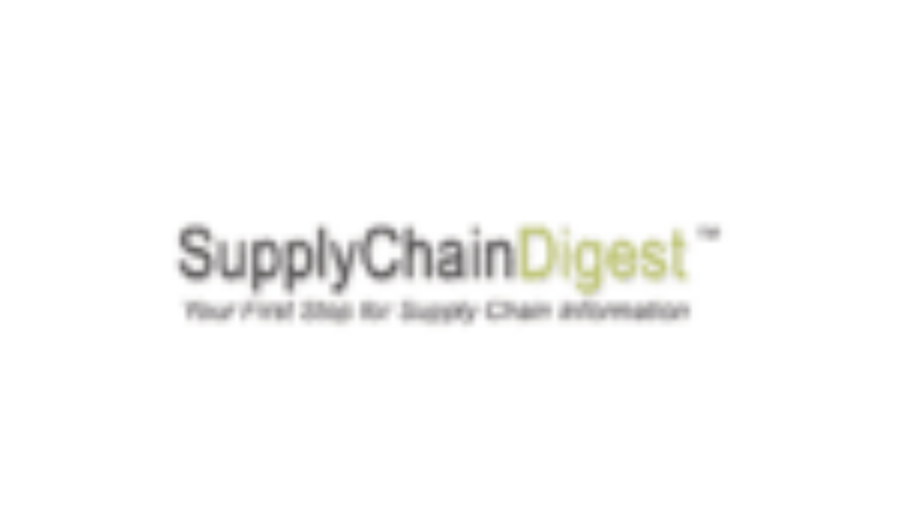As everyone knows, the price of fuel has been, and will likely continue to be, on the rise. The increases/fluctuations in jet fuel and highway diesel prices contribute to more than just carriers’ fuel tables. Back in February 2017, the fuel table calculations were changed from monthly to weekly. This allowed for fluctuations in surcharges due to the volatile fuel prices. Both major carriers (FedEx and UPS) have specific “bands” that connect ranges of fuel prices with a surcharge percentage. Similar to how we see fluctuation in gas prices, these bands allow for fluctuations without seeing skyrocketing costs for their customers. However, the beauty of these bands for both small parcel carriers is that even with the volatile fuel prices, they won’t take a hit to their bottom lines.
Both major small parcel carriers calculate the fuel surcharge percentage based on the national average fuel price published by the US Energy Information Administrations from two weeks prior, which means there is a lag between the index and the carriers’ fuel surcharges. This year alone, the major carriers have collectively raised rates numerous times. Fuel is typically evaluated on the net package charge plus any transportation related charges/surcharges. Each carrier has separate accessorials that get factored into the calculation as well. See the tables below for perspective on the carriers and their applicable accessorials.
FedEx and UPS tend to stay hand in hand with their surcharges for both Express and Ground. As one goes up, so does the other. The variance between the two is consistent within a percentage point.
So, what does all this mean when it comes to calculating fuel and savings to the bottom line?
Let’s Take a Hypothetical Situation
Say we have a Ground package that is 50 pounds, Zone 8, list rate $90.00, with a residential accessorial of $3.75 and a delivery area surcharge of $4.25. The shipper has a 20% base package discount, no discounts on accessorials, and has a 10% discount on fuel. The Fuel Surcharge percentage for this package is 6.25%.
The basic calculation is (Net Freight + Applicable Accessorials) X Fuel Surcharge %. With the above information:
$90.00 (list rate)
– $18.00 (base package discount)
$72.00 (net freight)
+ $3.75 (residential surcharge)
+ $4.25 (delivery area surcharge)
$80.00 x 6.25% = $5.00 (gross fuel surcharge)
Now we need to take the discount of 10% off the $5.00- $0.50 = $4.50. The total cost of the package is now $84.50 (net freight + accessorials + net fuel surcharge).
Now that you know a little more about how fuel is calculated, what can YOU do?
Review your current small parcel carrier contracts and the discounts currently listed.
Negotiate discounts not only on fuel, but transportation related accessorials and net freight discounts to reduce the overall impact.
Evaluate a multi-carrier strategy or evaluate a single source with extra volume discounts.
Be informed about carrier changes.
>UPS already increased their Ground FSC indices by 50 points in June. In October, both Domestic Air and Ground went up 25 points again.
>FedEx already increased their domestic air indices by 75 points in September AND made changes to import and export to mirror UPS’ pricing.
>Will the carriers increase the indices by the time the GRI rolls around? My suspicion is they will reduce fuel, increase transportation charges, and level out the GRI.
Kaitlyn Parsons is a Manager of Parcel Audit at enVista and is responsible for preparing audit metrics both internally and externally, in addition to overseeing the analyst team responsible for auditing billions of dollars in enVista’s customers’ small-parcel spend. Prior to her role as manager, she held various positions at enVista, including transportation analyst and parcel audit and team lead.








